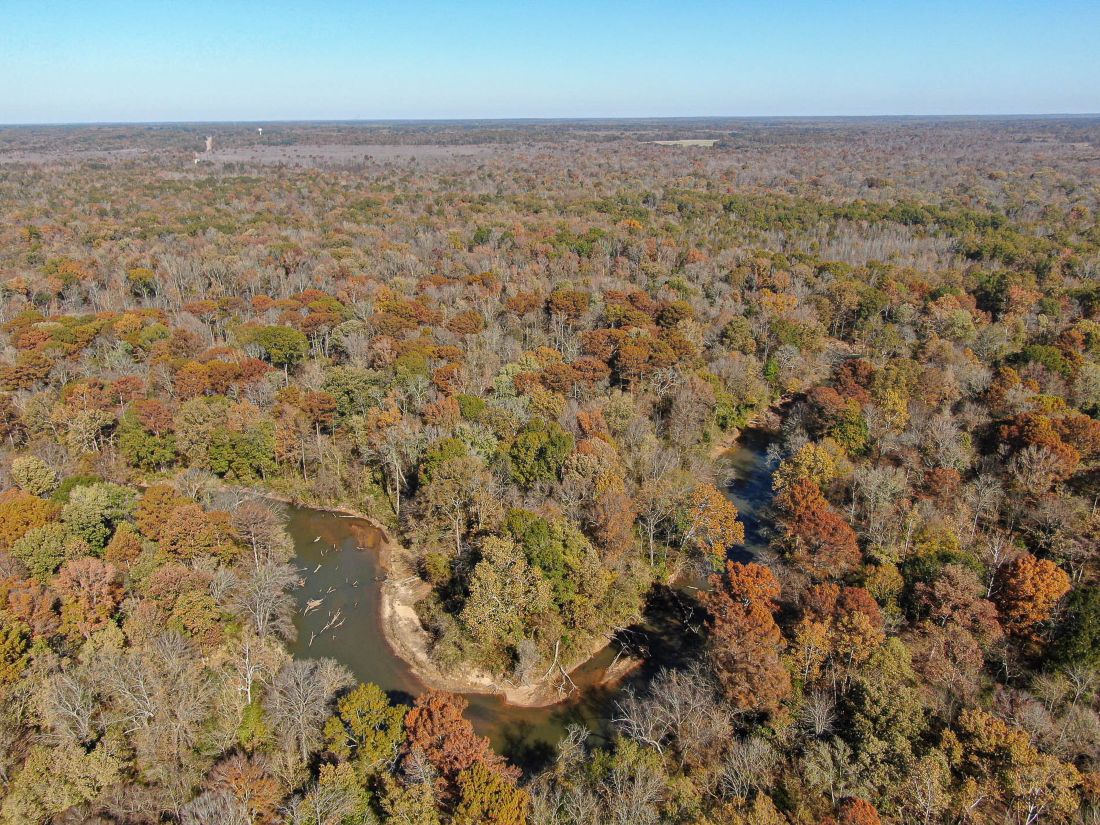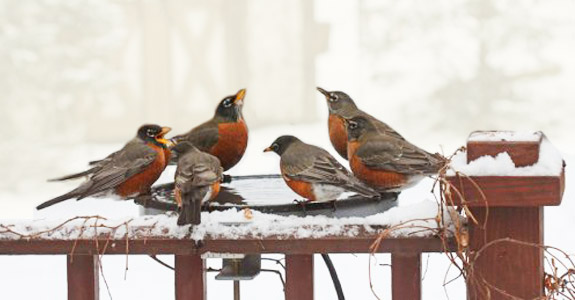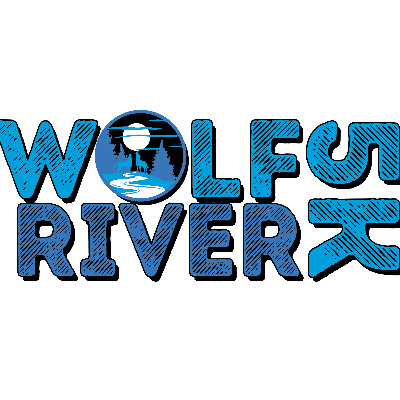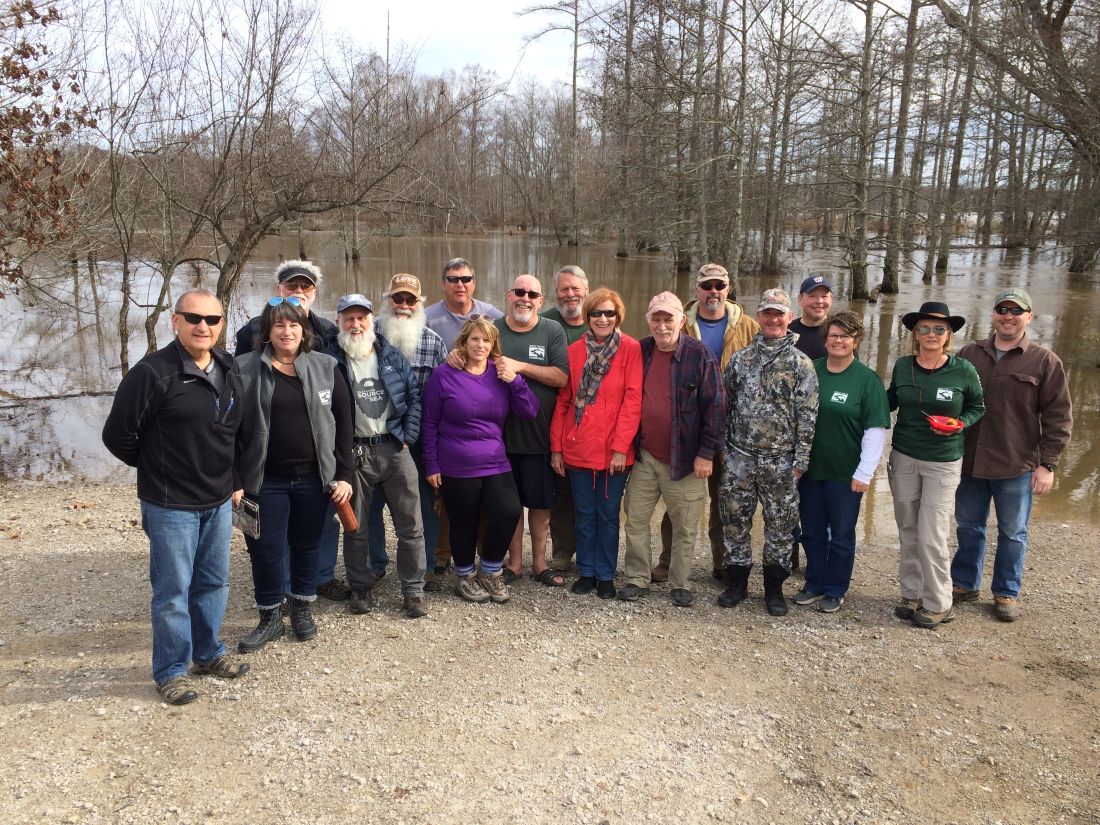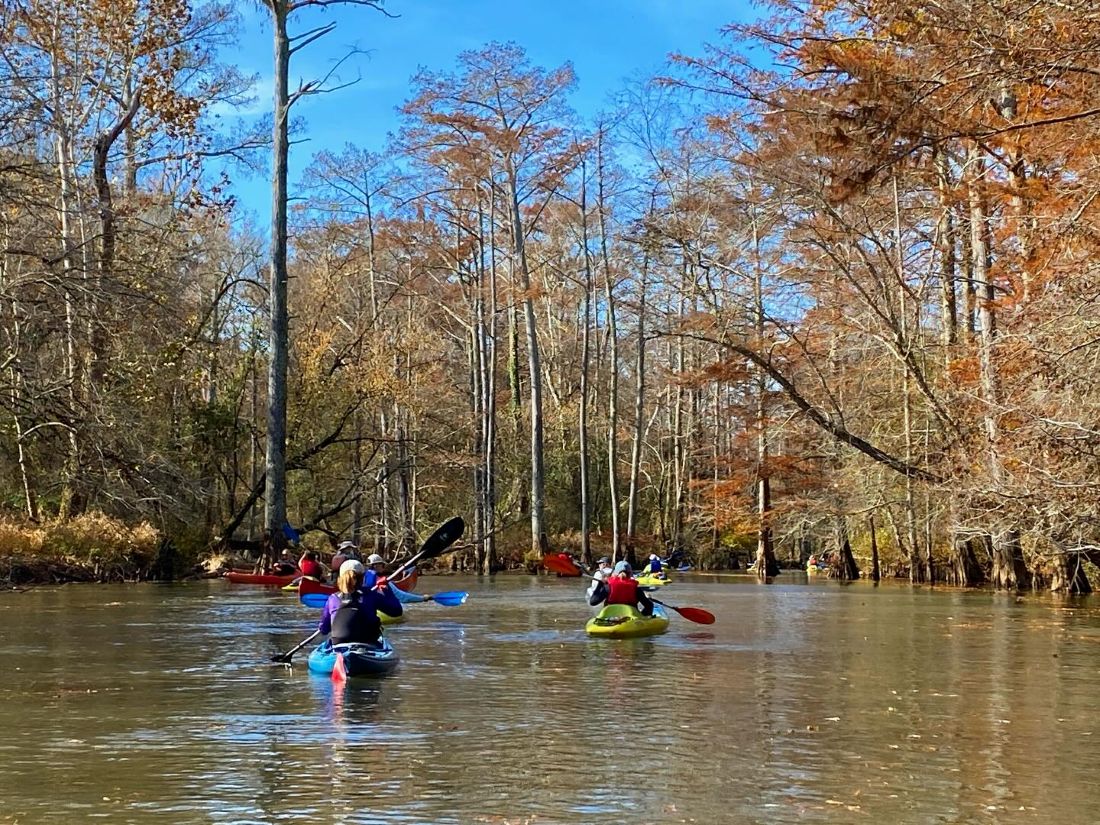Natural Highlights: National Leave the Leaves Month


Besides providing the right plants and protecting your garden from pesticides, one of the most valuable things you can do to support pollinators and other invertebrates is to provide them with the winter cover they need in the form of fall leaves and standing dead plant material. The National Wildlife Federation has recently designated October as National Leave the Leaves Month to encourage strategic placement of fallen leaves to benefit wildlife.
Most of the beautiful butterflies and other insects we want to attract to our gardens overwinter in the landscape as eggs, pupae, larvae, or adults. The Red-banded Hairstreak butterfly, for example, lays its eggs on fallen oak leaves, which are the first food for the caterpillars when they hatch in the spring. Leaving the leaves and other plant debris doesn't have to mean sacrificing your yard to the wilderness. The leaves don't need to be left exactly where they fall. You can rake them into garden beds, around tree bases, or into other designated areas. Too many leaves can kill grass, but in soil, they can suppress weeds, retain moisture, and boost nutrition. Keeping the leaves whole and not shredding them avoids killing the creatures already living in and on them. Instead of throwing them away, fallen leaves can be used to support the natural world. Placing leaves and yard debris in garden beds, under tree canopies, and in compost piles offers the following benefits:
• Providing habitat - Fallen leaves, dried stems, grasses, and fallen twigs provide essential cover for many types of wildlife to survive the coming colder months.
• Keeping organic matter out of the landfill - Leaving leaves can help reduce the volume of organic material being sent to landfills and the amount of greenhouse gases (methane) contributing to climate change.
• Saving you time and money - Leaving the leaves does not require bagging and piling leaves into the street for pick up. Fallen leaves are natural mulch and fertilizer for your landscape. It's a form of recycling/reusing.
For more information on Leave the Leaves Month, please visit the following links:
Leave your dead leaves on the ground this fall (nationalgeographic.com)
www.nwf.org/Garden-for-Wildlife/About/National-Initiatives/Leave-the-Leaves-Month
Natural Highlights: Honey Vine Honey Vine (Cynanchum laeve) - also called Bluevine, Honeyvine Milkweed, Sandvine, Climbing Milkweed, and other names - is common in the Mid-South and the East Central U.S. Because it is an aggressive perennial vine that spreads easily and has deep, persistent roots,




